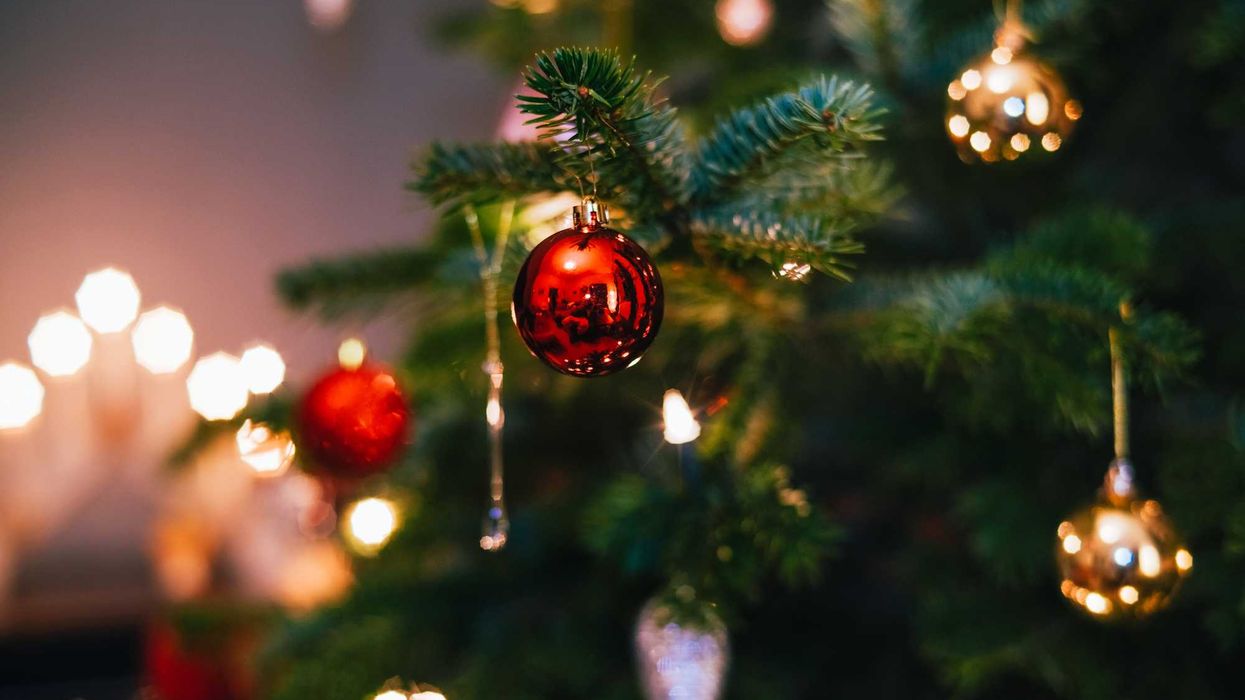The Fulcrum has been covering gerrymandering and its effects for over five years, beginning with a popular piece by David Meyers, which identified the 12 worst examples of gerrymandering in the House of Representatives, following the Supreme Court ruling of the same year. In that ruling, the court ruled that claims of partisan gerrymandering present political questions beyond the reach of federal courts. Essentially, the ruling stated that while partisan gerrymandering might be "incompatible with democratic principles," it is not within the jurisdiction of federal courts to address such claims.
This landmark case sparked considerable debate about the role of the judiciary in addressing political issues by leaving the responsibility of addressing gerrymandering to state courts and legislatures, as well as Congress.
What is Gerrymandering?
When electoral districts are manipulated to favor one party or group, the resulting electoral map does not reflect the true political will of the voters. The results are harmful because they undermine the principles of fair representation and equal political power.
Some of the specific ways that this distortion of congressional districts harms our democracy are:
- Distorted Representation: Gerrymandering can lead to situations where the distribution of seats in a legislature does not match the overall vote share of political parties. For example, a party receiving fewer total votes could still win a majority of seats, which misrepresents the electorate's preferences.
- Undermines Voter Choice: By drawing districts to heavily favor one party, gerrymandering reduces competition in elections. Many districts become "safe" for one party, leaving voters with fewer meaningful choices and discouraging voter turnout.
- Marginalizes Communities: Certain types of gerrymandering—like racial gerrymandering—can dilute the political power of specific racial or ethnic groups, making it harder for them to elect representatives who reflect their interests.
- Polarization: When districts are drawn to favor extremes, representatives may cater more to partisan bases rather than seek a middle ground, contributing to greater political polarization.
- Erosion of Trust: Over time, gerrymandering can weaken public confidence in the democratic process. If people feel their votes don’t count or the system is rigged, they may disengage from participating altogether.
Stated simply, gerrymandering places partisan or personal interests above the public good, which is the antithesis of a healthy democracy. It’s a clear reminder of why transparency and fairness in electoral processes are so crucial to the functioning of our democratic republic.
In the Fulcrum report of five years ago, we asked several redistricting experts to identify the worst examples of gerrymandering. Today, gerrymandered districts are still a serious problem.
Some of the most gerrymandered districts in the U.S. today are infamous for their irregular shapes and partisan bias. Here are a few examples:
1. Maryland's 3rd Congressional District: Often referred to as the "praying mantis," this district is notorious for its convoluted boundaries, which have been criticized for favoring one political party.
2. North Carolina's 12th Congressional District: This district has been described as a "snake-like" stretch, connecting urban areas while bypassing rural ones, creating a highly partisan map.
3. Pennsylvania's 7th Congressional District: Nicknamed "Goofy kicking Donald Duck," this district's bizarre shape has made it a poster child for gerrymandering.
4. Texas's 35th Congressional District: This district stretches narrowly between Austin and San Antonio, connecting two Democratic strongholds while excluding surrounding Republican areas.
These districts highlight the extreme measures sometimes taken to secure political advantage.
The Brennan Center reports that there are currently many ongoing developments in state legislation and court cases related to gerrymandering. For example, several lawsuits challenging partisan gerrymandering are currently pending in state courts across the U.S., including major cases in Florida, Utah, and Wisconsin. Additionally, state courts have been influential in addressing gerrymandering issues, with rulings in states like New Mexico and Kentucky declaring partisan gerrymandering subject to trial in a court of law.
Some notable updates on gerrymandering cases and legislation across the U.S.:
- Wisconsin: The state Supreme Court is reviewing a lawsuit, challenging its legislative maps, which have been criticized for favoring one party.
- New Mexico and Kentucky: Both states' Supreme Courts have ruled that partisan gerrymandering claims are justiciable, meaning they can be addressed in court. However, they did not strike down their respective maps.
- Florida and Utah: Major cases are pending before the state high courts, where challenges to partisan gerrymandering are being closely watched.
- North Carolina: The state Supreme Court ruled that partisan gerrymandering claims are not justiciable under its state constitution.
The harmful effects of gerrymandering are not a partisan issue. For decades, both Democrat and Republican Presidents have voiced their concerns about the impact of gerrymandering on our democracy. In the 1980s, then-President Ronald Reagan stated:
"Gerrymandering has become a national scandal. It’s time to put an end to this practice that undermines the will of the people."
And over 40 years later, President Barack Obama voiced his concerns:
"We have to end the practice of drawing our congressional districts so that politicians can pick their voters, and not the other way around."
Yet, the problem still exists today. The Fulcrum will continue to provide regularly updated coverage on the worst gerrymandered districts in the United States with the hope that voters will demand an end to this unfair and undemocratic political tool.
David Nevins is co-publisher of The Fulcrum and co-founder and board chairman of the Bridge Alliance Education Fund.




















